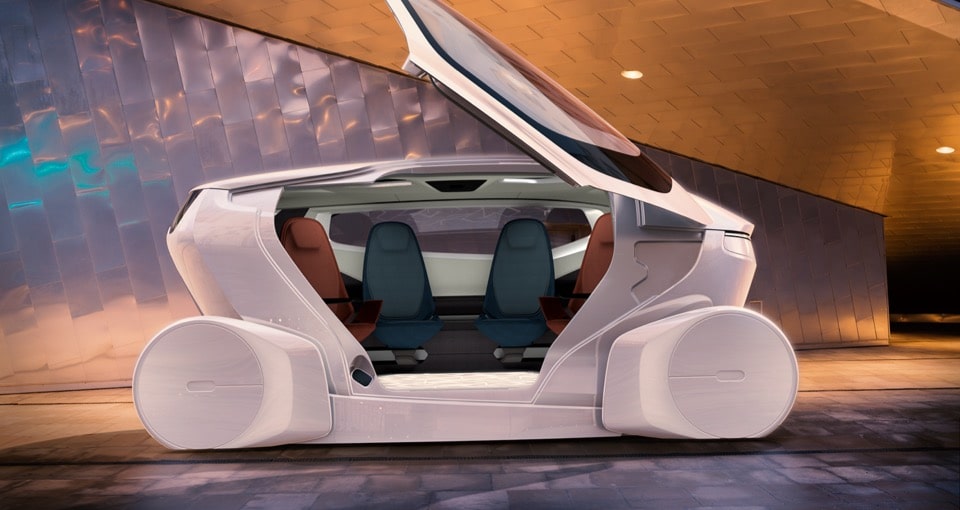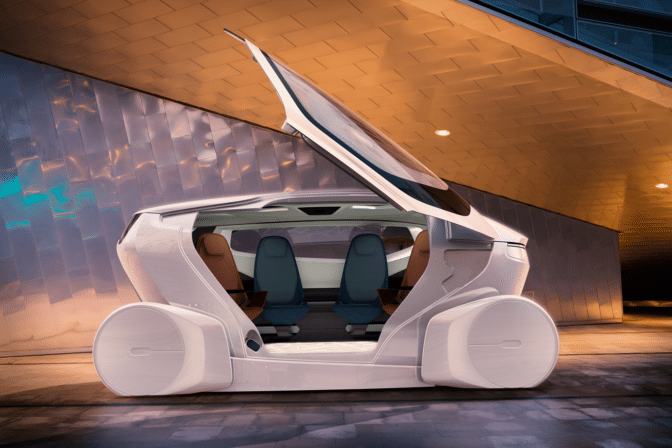From pedicabs to yellow cabs, hailing rides has been a decades-long convenience. App-based services like Uber and Lyft have made on-demand travel even faster and easier.
With the advent of autonomous vehicles, ride-hailing promises to raise the bar on safety and efficiency. Known as robotaxis, these shared vehicles are purpose-built for transporting groups of people along optimized routes, without a human driver at the wheel.
The potential for a shared autonomous mobility industry is enormous. Financial services company UBS estimates that robotaxis could create a $2 trillion market globally over the next decade, with each vehicle generating as much as $27,000 annually.
In dense urban environments, like New York City, experts project that a taxi fleet converted to entirely autonomous vehicles could cut down commutes in some areas from 40 minutes to 15.
On top of the economic and efficiency benefits, autonomous vehicles are never distracted or drowsy. And they can run 24 hours a day, seven days a week, expanding mobility access to more communities.
To transform everyday transportation, the NVIDIA DRIVE ecosystem is gearing up with a new wave of electric, autonomous vehicles.
Up for Cabs
Building a new kind of vehicle from square one requires a fresh perspective. That’s why a crop of startups and technology companies have begun to invest in the idea of a shared car without a steering wheel or pedals.
Already transporting riders in Florida and San Jose, Calif. retirement communities, Voyage is deploying low-speed autonomous vehicles with the goal of widely expanding safe mobility. The company is using DRIVE AGX to operate its SafeStop supercharged automatic braking system in its current fleet of vehicles.
Optimus Ride is a Boston-based self-driving technology company developing systems for geo-fenced environments — pre-defined areas of operation, like a city center or shipping yard.
Its electric, autonomous vehicles run on the high-performance, energy-efficient NVIDIA DRIVE platform, and were the first such vehicles to run in NYC as part of a pilot launched in August.
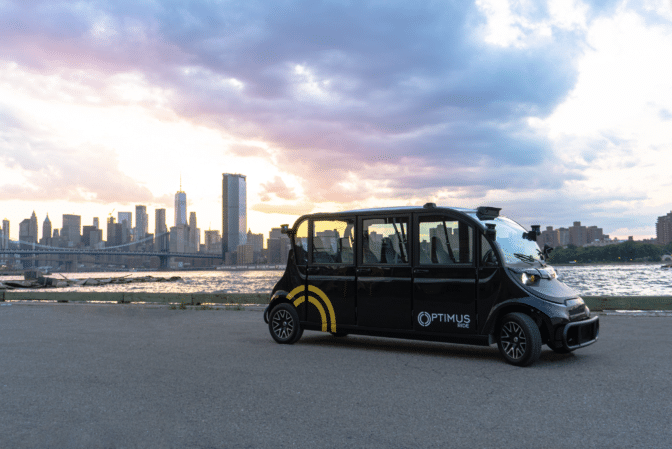
Leveraging the performance of NVIDIA DRIVE AGX Pegasus, which can achieve up to 320 trillion operations per second, smart mobility startup WeRide is developing level 4 autonomous vehicles to provide accessible transportation to a wide range of passengers.
Starting from scratch, self-driving startup and DRIVE ecosystem member Zoox is developing a purpose-built vehicle for on-demand, autonomous transportation. Its robotaxi encompasses a futuristic vision of everyday mobility, able to drive in both directions. Both Zoox and WeRide are members of the NVIDIA Inception program, which nurtures cutting-edge AI startups revolutionizing industries such as transportation.
Zoox says it plans to launch its zero-emissions vehicle for testing this year, followed by an autonomous taxi service.
At GTC China in December, ride-hailing giant Didi Chuxing announced it was developing level 4 autonomous vehicles for its mobility services using NVIDIA DRIVE and AI technology. Delivering 10 billion passenger trips per year, DiDi is working toward the safe, large-scale application of autonomous driving technology.
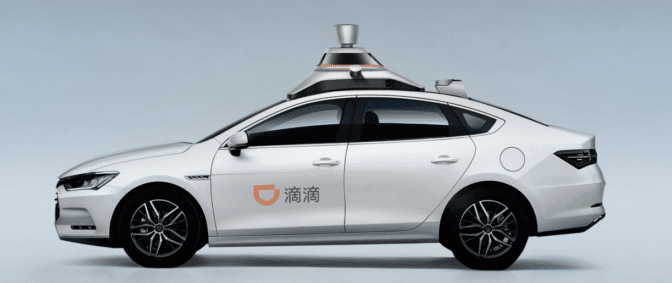
Sharing Expertise for Shared Mobility
When it comes to industry-changing innovations, sometimes two (or three) heads are better than one.
Global automakers, suppliers and startups are also working to solve the question of shared autonomous mobility, collaborating on their own visions of the robotaxi of the future.
In December, Mercedes-Benz parent company Daimler and global supplier Bosch launched the first phase of their autonomous ride-hailing pilot in San Jose. The app-based service shuttles customers in an automated Mercedes-Benz S-Class monitored by a safety driver.
The companies are collaborating with NVIDIA to eventually launch a robotaxi powered by NVIDIA DRIVE AGX Pegasus.
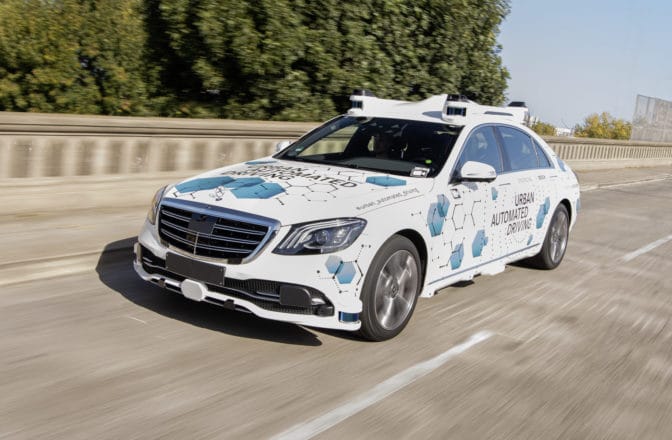
Across the pond, autonomous vehicle solution provider and Inception member AutoX and Swedish electric vehicle manufacturer NEVS are working to deploy robotaxis in Europe by the end of this year.
The companies, which came together through the NVIDIA DRIVE ecosystem, are developing an electric autonomous vehicle based on NEVS’ mobility-focused concept and powered by NVIDIA DRIVE. The goal of this collaboration is to bring these safe and efficient technologies to everyday transportation around the world.
Startup Pony.AI is also part of the Inception program and collaborating with global automakers such as Toyota and Hyundai, developing a robotaxi fleet with the NVIDIA DRIVE AGX platform at its core.
As the NVIDIA DRIVE ecosystem pushes into the next decade of autonomous transportation, safer, more convenient rides will soon just be a push of a button away. At GTC 2020, attendees will get a glimpse to just where this future is going — register today with code CMAUTO for a 20 percent discount.
